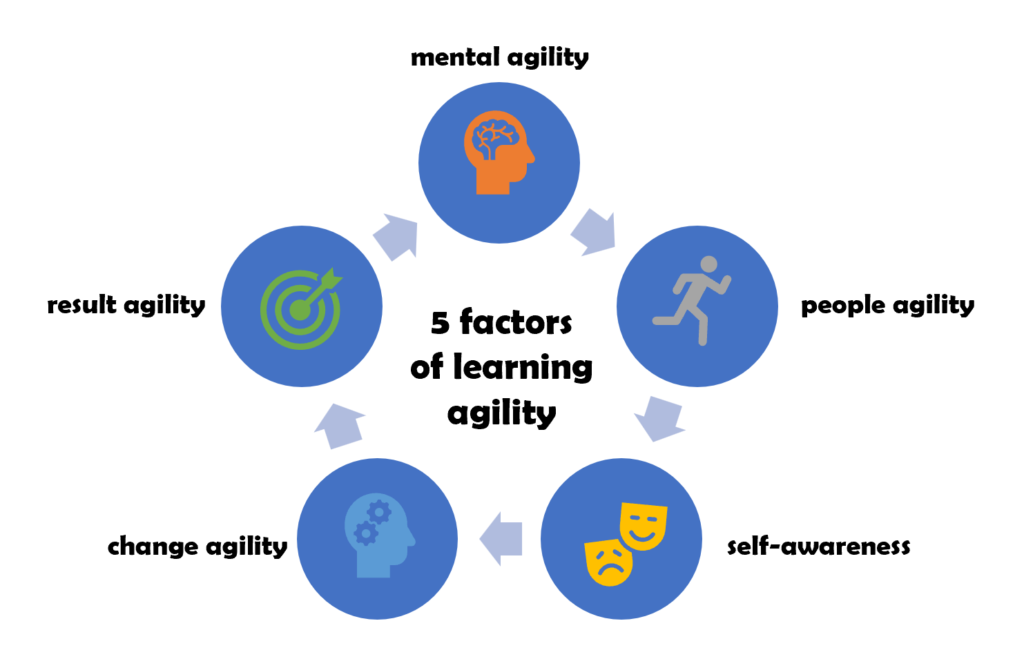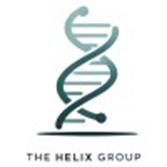ADOPT©
The learning agility approach
to organizational agility

Transformations require learning and re-learning on a large scale
Many organizations are undertaking Agile, DevOps or Digital transformations, but few are actually succeeding. The Helix Group introduces and incorporates an elevated concept called learning agility for individuals and organizations so that they can develop the holistic skill set they need to deal with the complexity and challenges they face today.
ADOPT© in a few Words
The ADOPT program is designed to help individuals develop and understand learning agility, which in turn allows these individuals to help their organizations find ways to help their workforce acquire new skills– even ones that have yet to be defined. Developing and understanding learning agility is critical because it is a mindset and set of behaviors that enable people to learn, adapt, unlearn, and relearn to keep up with constantly changing conditions.
Most organizations know they need to upskill their employees. In most organizations, transformation efforts are continuing at a breakneck pace, even though most of them are struggling or failing. The future of knowledge work demands new skills and employees who can adapt and pivot. We know this from surveys such as the one conducted by PwC that found eight out of ten CEOs surveyed said skill shortages threaten their companies’ growth. But when it comes to addressing this trend, there is a readiness gap. Unfortunately, these qualities are often viewed as inherent traits in individuals, the reality is that these are traits that can and should be cultivated.
The ADOPT program is based around helping cultivate the following three qualities in agile learners, CURIOSITY which is a mindset aimed at being inherently interested in something. Curious people are open-minded and inquisitive and have a drive for mastery. ASPIRATION includes motivation and drive. Employees with aspirational goals are committed to self-development. They are willing to embrace new ideas, set objectives, and be held accountable. SELF-AWARENESS indicates an individual’s sense of their strengths and weaknesses. Self-aware leaders know what areas they want to improve in as well as how they like to learn.
The ADOPT program uses immersive learning in cohort groups to help agile learners develop a holistic view of the skills, concepts, methodologies and tools needed to survive in today’s rapidly changing environment. If you’re looking to become an agile learner and in turn develop an agile mindset, then you need to understand that it is not something that can be acquired in a two-day training course. Although a lot of training and various certifications are already available, they fall way short of what is needed, particularly at higher levels of responsibility.
How ADOPT© Works and the Benefits
Overview
The ADOPT program is an immersive outcome-based learning program designed around cohort groups. The immersive learning allows the cohort groups to in a sense frame their own learning path and to take ownership of their transformation.
Cohort groups
Cohort group development programs integrate four specific learning components — group learning, leader and peer coaching, experiential/action learning activities and a strong emphasis on personal development and self-awareness.
Cohort groups offer a powerful way to rapidly develop leaders at any level. Moreover, the cohort group (community-based) nature of such leadership programs helps nurture the traits of collaboration, teamwork, empathy, communication, social dexterity and emotional intelligence that are so essential to effective leadership in modern-day work setting and organizational environment.
Immersive Outcome Based Learning
Immersive outcome-based learning represents a shift from objectives to outcomes. Training becomes more focused on the learner. In traditional training and learning models, materials are designed by the instructor or coach at a company.
They guide the curriculum and content, as well as the learning objectives, teach the content over a set period of time, and then trainees are assessed on what they learned as a result. It’s instructor-driven in these models. With an outcome-based model, the goal isn’t to necessarily follow a predetermined timeline or set curriculum but is instead to build upon the individual trainee’s preexisting skills, knowledge, and experience.
Some of the characteristics prevalent in outcome-based learning may include hands-on activities, interactivity, and real-world influence.
Two Way Communication – Knowing Your Customer
One of the main benefits of the immersive learning is that it creates two way communication, which is a shared conversation that goes back and forth between one or more individuals. It’s a dynamic process where information and ideas are exchanged between senders and receivers.
In the daily workshops we are creating two very critical communication channels:
1) Between the cohort group participants and the coaches facilitating. In this communication channel the coaches involved in the learning can develop a clear understanding of the impediments and issues the cohort group is experiencing in their day-to-day work and in trying to implement their transformation.
2) Top-down conversations and bottom-up conversations. Or it can be horizontal with dialogue and conversations between colleagues at similar levels in the business in the cohort group.
Outcomes
The entire ADOPT program is based on creating visible, actionable outcomes. What we mean by this is that the participants who are going through the various learning paths in the program will not only create rollout plans as part of the sessions, but that these plans or action items they come up with will be visible to their LOB and that they will continue to take action on them until completion.
Scaling
The ADOPT program is scalable on two dimensions.
The first dimension uses certified coaches to start the scaling process in an organization.
Certified coaches have two paths for scaling, the first path is through running the learning paths in tandem with another coach. By running the learning paths in tandem with another coach, each coach can then run the next group through the learning paths with an inexperienced coach in order to bring that paired coach up to speed.
The second path is by having a pair of certified coaches run a coach the coach session, where they run a group of coaches through the actual learning paths. Once the coaches have gone through the learning paths, they can then go back to their areas and start the ADOPT program there.
The second dimension uses a Learning Dojo to scale across an entire organization. As individuals go through the ADOPT program and in conjunction with the ADOPT badging program, individuals who achieve a mastering badge will be able to become experts in the Dojo and start running other groups through the ADOPT program.
Learning Dojo
As part of the ADOPT program we build a Learning Dojo in the Agility Activation learning path. A Dojo is a unique immersive learning environment, the Dojo builds new or improves Agile, Lean, Business Agility, Product and DevOps muscles.
The key to the Dojo we are building in the Agility Activation learning path is one that is staffed by Internal experts we have developed in the cohort groups who have gone through the program.
One important note, the Dojo is just one piece of the overall program, in order for the program to have the intended results all the learning paths must be put into place.
